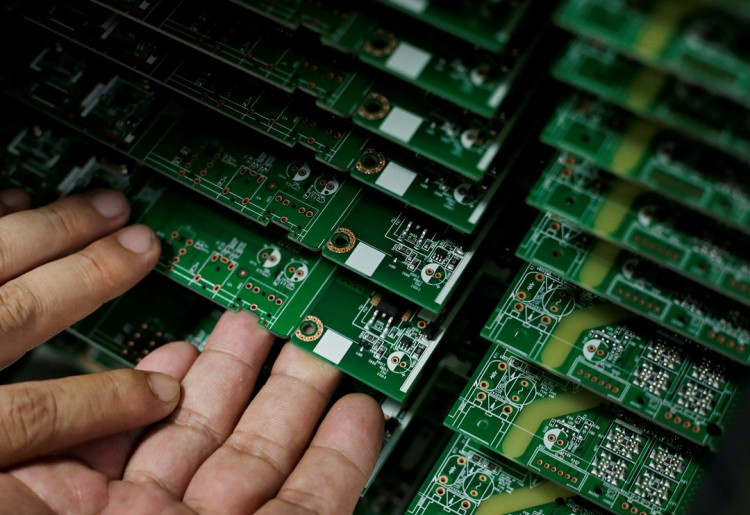China saw a slight expansion in its manufacturing sector for the month of November, likely signaling a possible short-term stabilization. The two batches of positive data in the country's manufacturing sector were speculated to be the result of a possible pause to the already more then a year-long trade dispute with the United States.
Despite the expansion, the positive manufacturing data still failed to upgrade the overall economic growth forecast for 2020. China's Caixin Markit Manufacturing Purchasing Managers' Index (PMI) for the month of November hit 51.8 points for smaller private factories. The data released on Monday represented a slight increase from the 51.7 points recorded in October.
Last month's PMI score was the strongest recorded in nearly three years. The expansion in October and November also ended the contraction streak in the sector. A score above 50 points represents an expansion in the sector, while a score below 50 represents a contraction.
The expansion across China's manufacturing facilities for the month of November has unfortunately not changed the current economic growth forecast for the country for 2020. China previously recorded an expansion in its PMI in March and April, which was then followed by months of straight contraction. The index would likely have to expand in the next couple of months for analysts to be convinced of long-term stabilization.
The two-month expansion is however considered to be evidence of short-term stabilization by some analysts. Forward-looking indicators have also added more confidence to some that China may be heading towards more long-term recovery, but that still remains to be seen as geopolitical uncertainty still remains to be an issue.
Analysts at Credit Suisse remain skeptical and have mentioned that the expansion may just be influenced by seasonal factors. Factories during this time of the year typically restock their inventories in preparation for production for the New Year. Analysts also stated that another factor that may have contributed to the expansion in the central bank's incremental easing measures, which has cushioned the country's weakening economy.
Last month, the People's Bank of China had cut its five-year loan prime rates, bolstering the ability of consumers in the property market. The government also imposed several easing measures, further boosting property consumption.
Almost all analysts do agree that the expected pause in the ongoing trade dispute is the major reason for the short-term stabilization. Both countries are expected to enter into a "phase one" trade deal, which could result in a postponement of US tariffs on Chinese goods and a possible rollback of tariffs that were imposed in September.






